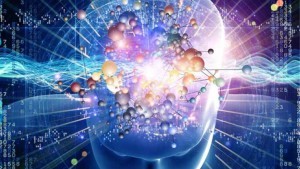Researchers at DeepMind, owned by Google parent company Alphabet, have managed to mimic the complex way our brains navigate the spaces around us using artificial intelligence. And it’s helping us to understand brains in a way we couldn’t before.
While it seems like second nature, what goes on in your brain when you walk down a familiar street – for example, navigating past obstacles, remembering shops and deciding when to cross the road or how to take a shortcut – is surprisingly complex.
Lots of brain cells play a part in working out where an animal is. For example place cells, which fire when an organism occupies a particular position, and head-direction cells, which signal the animals’ head orientation.
Another crucial kind of neuron responsible for spatial navigation is called a grid cell. Grid cells are a third kind of neuron, found in the region of the brain involved in spatial learning, memories and knowledge of general facts.
Unlike place and head-direction cells, grid cells are arranged in a perfectly hexagonal shape, and they fire as an animal moves around an environment, tracking its progress as it moves. It is thought the regular shape of the connections between the cells help animals to replicate the objects and space around them, and how they are linked together, like a map inside your head.
They are constantly being updated. When the animal enters a new place, the same grid cells will start to fire all over again, working out the new environment.
source: wired.co.uk
Ask me anything
Explore related questions





